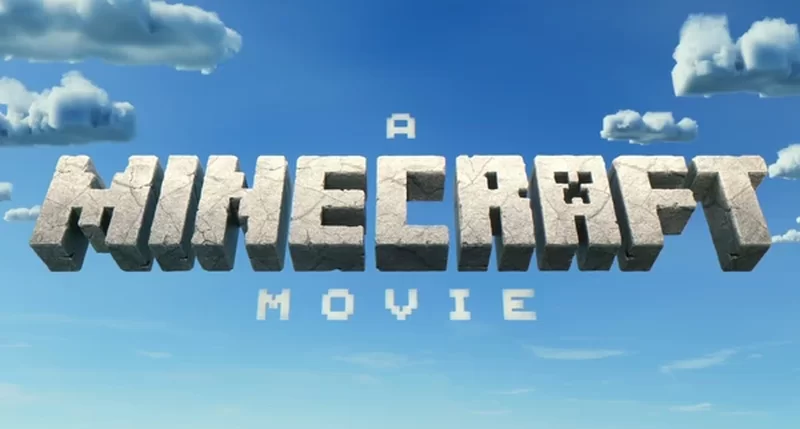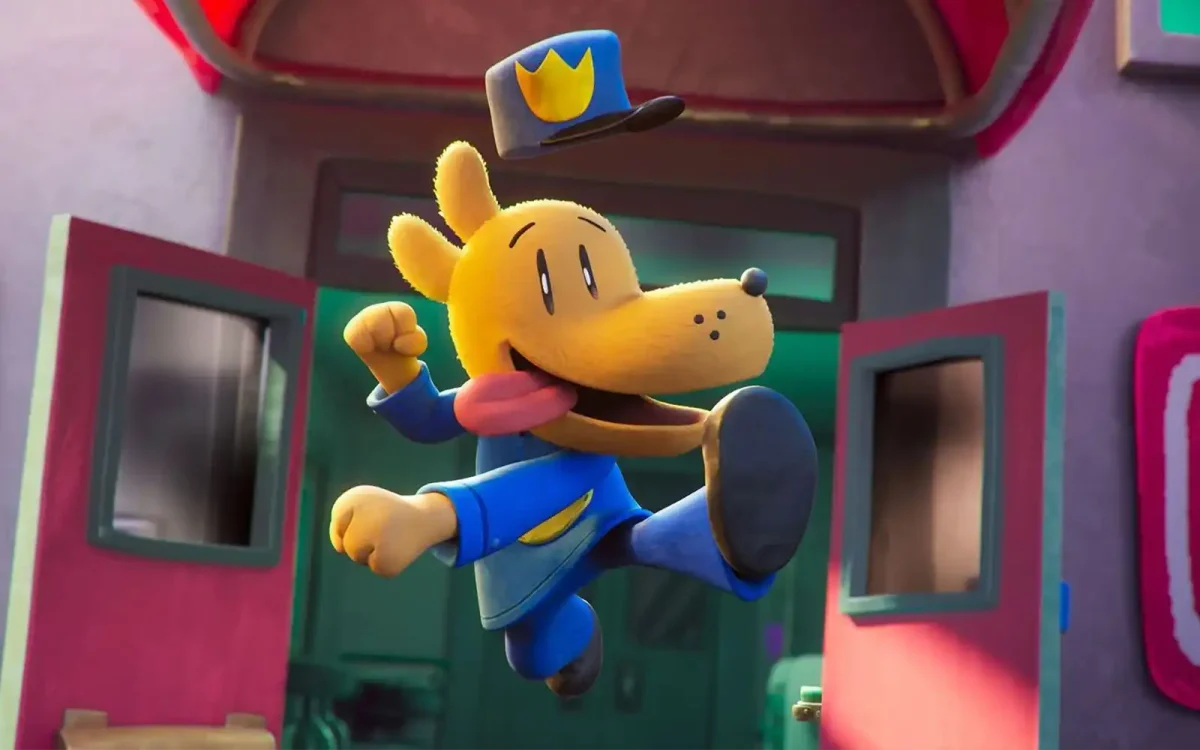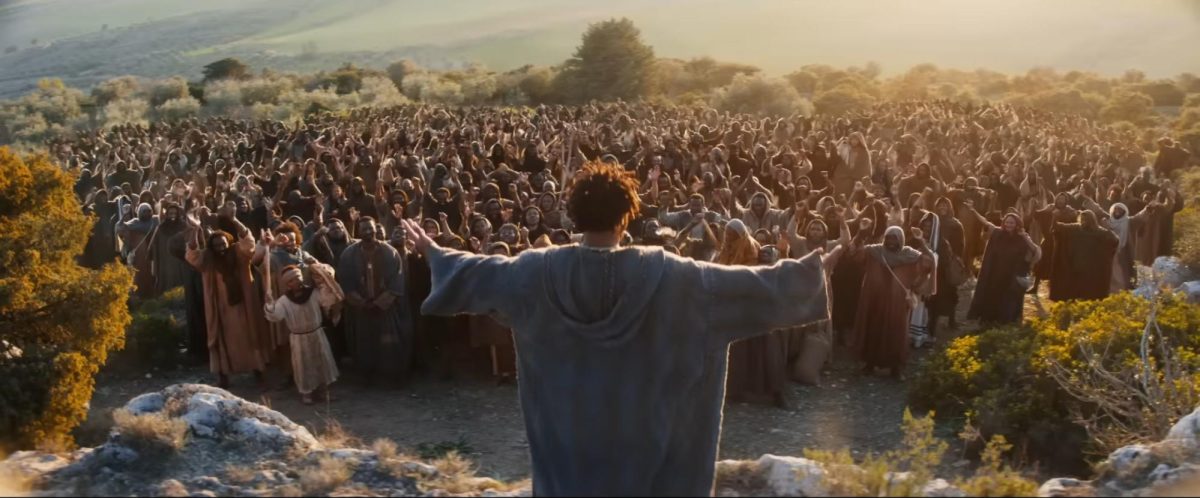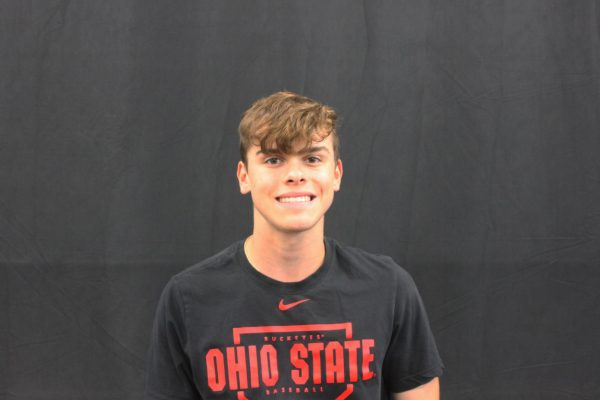Juxtaposition at its finest. A beautiful landscape is met with a horrifying disaster in this survival thriller. Based on a true story, J. A. Bayona directed a masterpiece as he tells the story of the trials that a rugby team and fans faced in 1972 after their plane crashed in the Andes Mountains.
The Uruguayan team, called the Old Christians, were on their way to Chile for an exhibition match. The pilot, however, failed to recognize where he was, and it led to the eventual plane crash, which immediately killed 12 of the 45 passengers on impact. The rest of the pack, deprived of food and heating, had to survive by any means possible until they were rescued 72 days later; in the end, only 16 people made it home.
Simply put, Society of the Snow is not for the faint of heart. There were nude, mangled and frozen bodies. That’s not even including mentally insane bodies, resulting from the wear and tear of months in nearly unlivable conditions. I mustn’t forget cannibalism, which thankfully was not fully acted out in the movie, yet, nonetheless, it played a huge role in the survivors’ ultimate survival.
The movie’s success lay in part to these three components: a dazzling setting, accompanied by masterful camerawork; excellent acting and a broad-ranging film score. Most of the movie was filmed in Sierra Nevada, Spain, where the crew built an impressive set. For more realistic shots, they took bird’s-eye footage of the Andes Mountains themselves to supplement their scene in Spain.
In correlation with the cameras was the acting. Like snowflakes, each character stood out in their own impressive performance. The most notable character, though, which is hard to pick out since many of them were exceptional, is Numa Turcatti who was played by Enzo Vogrincic. As the narrator, he voiced the movie with clear emotion. Every line he spoke, every word he uttered was filled to the brim with gut-wrenching despair. It almost felt as if Vogrincic himself lifelessly struggled through the Andes Mountains for nearly a quarter year, and then shortly afterwards voiced the entire movie. He was the embodiment of soul, in a soulless movie.
If Vogrincic was the soul, the film score was the heart. I found myself feeling inspired, cheerful, serene, sad, horrified, disgusted and relieved, all in the span of two hours and twenty-four minutes. A portion of this showing felt like a horror movie. In the moments before the plane crash, a long stretch of high-pitched music seeped into the background until it enveloped the whole scene — slowly preparing the audience to witness man’s most desperate hours. The score was ridden with suspenseful pieces and hair-raising acoustics.
Gracefully intertwined with such compelling music, was the simplest, yet most complex feature of all. Sheer silence. Nimbly walking the line between chaos and peace was Michael Giacchino’s eloquently composed soundtrack.
In Bollywood-esque fashion, Giacchino works wonders by pairing up dramatic music with dramatic pauses, which are then paired up with dramatic facial expressions, all working together to create one large ensemble of drama.
While there certainly are many more positives in this movie than negatives, there are some issues worth mentioning. First and foremost, the film’s length felt too long. We are a generation (Gen Z) whose development can be summed up by a lack of focus. Our attention spans are that of a golden retriever, and, for some, even a goldfish. The movie did a great job of keeping up the pace in the opening scenes. Once the Old Christians reached the Andes, though, the pacing and plot moved in slow motion. I understand that the movie needed us, as viewers, to observe the full story to begin to understand the suffering that was endured, so in that perspective, the long length made some sense.
Additionally, for a self-proclaimed slow-to-understand-movies type guy, I had a difficult time deciphering between all the characters and their names. Many of them looked similar in appearance, and there were many people, so I floundered attempting to figure out the names of the 30+ survivors.
Lastly, the lack of closure in the film served to be a bit of a disappointment. It’s typical for movies based on a true story to include an epilogue or some sort of text about where the characters are now, but viewers were left in the dark as to what became of the young survivors.
All in all, despite some minor issues, Society of the Snow is a Netflix gem. A true testament to brotherhood in the direst of situations, this movie humanizes a disaster of inhumane consequences — a remarkable credit to Bayona and his crew. While not for everyone, I strongly urge anyone willing to watch to give it a shot.












































































